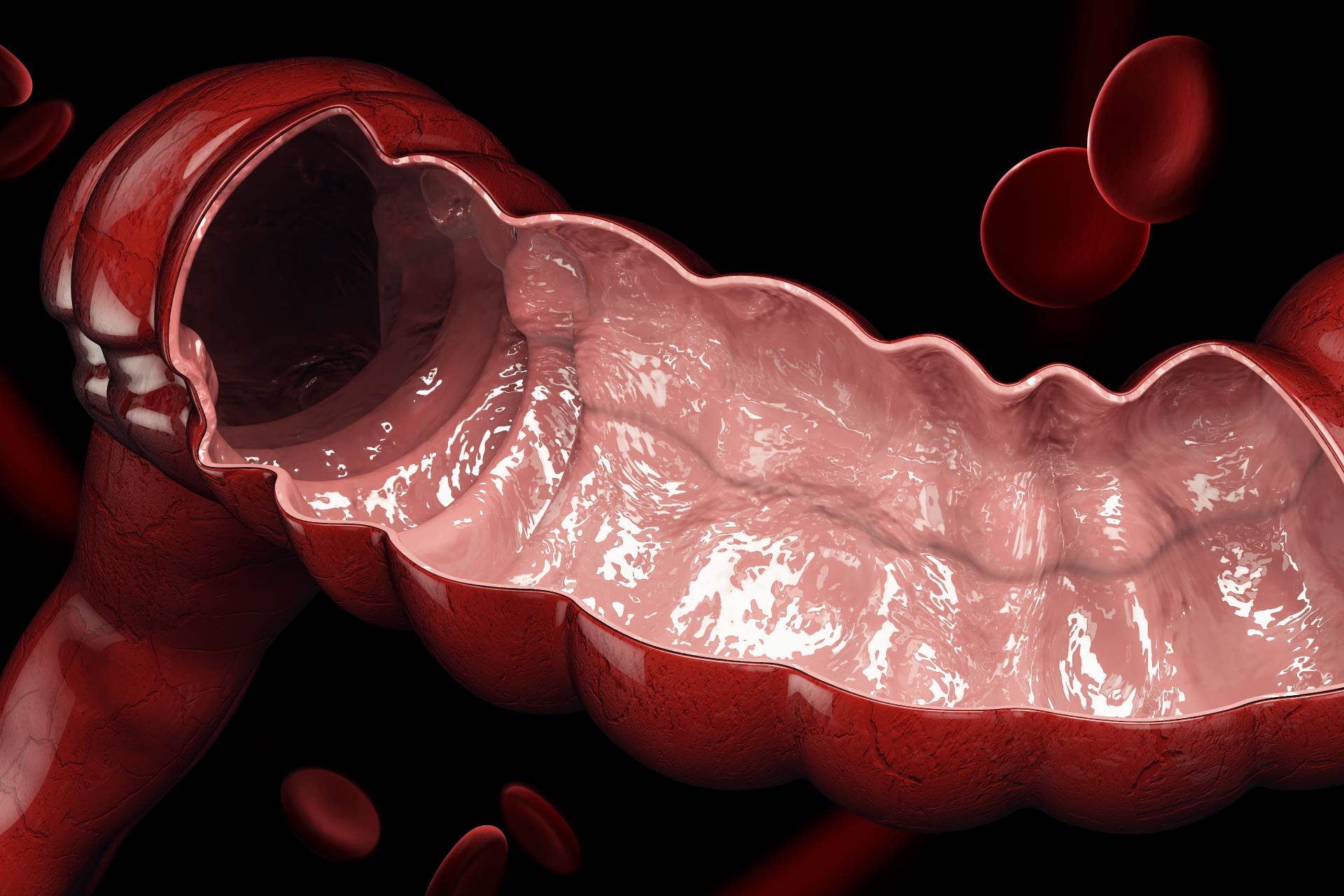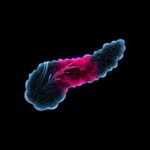What is already known on this topic
Western-type diet can lead to changes in the gut at the microbiome level, contributing to the development of metabolic disorders. Recent feeding-trials have revealed that high fat consumption is also associated with unfavorable cellular metabolism and functions. However, what links metabolic changes at the cellular level, to unhealthy dietary habits and to and to gut microbiota composition remains unclear.What this research adds
The researchers have studied the effects of high fat feeding on enteroendocrine cells (EECs), responsible for nutrient sensing in the intestinal epithelium, using a new experimental system in the vertebrate model organism zebrafish. High fat feeding determined lost sensitivity, morphological changes and intracellular stress of EECs – organisms lacking of any microbes were protected from cellular damage caused by high fat diet – high fat feeding determined the enrichment of an Acinetobacter strain possibly responsible for cell stress and dysfunction of EECs in the gut.Conclusion
The study found that high fat diet impairs gut nutrient sensing and cellular function of vertebrate EECs, altering microbiota composition. In the future, EECs activity and microbiota populations could be targeted to modulate gut function and to reduce the incidence and severity of metabolic disorders cause by inappropriate fat intake.
Lihua Ye and colleagues at the Duke University School of Medicine, investigated on how high fat feeding reduces nutrient sensitivity of a specific cell type in the gut and have identified a bacterial genus enriched by high fats that might be involved in this process. The results published in eLife, offer a new system to study the effect of diet on gut physiology and highlight new targets to counteract metabolic disorders.
How animals monitor and adapt to nutrient intake is not yet clear. Throughout the gastrointestinal tract, specialized epithelial cells, i.e. enteroendocrine cells (EECs), sense luminal content controlling hormones secretion, gut motility and metabolism. Moreover, EECs can undergo morphological changes classified as “open” or “closed” respectively, depending on how EECs are open or closed to the gut lumen. However, the transitions between open and closed EEC types has not been described, and a major issue in studying the physiology of this cell type has been the lack of an appropriate and reliable study model.
The aim of this research was to use the zebrafish model to investigate the impact of dietary nutrients and microbiota on EECs function.
The researchers have used a genetically modified zebrafish expressing an encoded fluorescent calcium indicator, in order to visualize EECs activity in living organisms. To apply high fat feeding to this model, zebrafish larvae were immersed in a chicken egg yolk solution, which they ingested before the functional experimental analysis of EECs.
After 6 hours of HF feeding, the responsiveness of EECs to fatty acids and glucose was significantly reduced in the proximal intestine, the region where fat absorption takes place.
Exploiting the transparency of the zebrafish, the researchers further investigated on how high fat feeding induces changes in EECs cells, and showed that:
- under control conditions, most EECs displayed an open-type morphology, characterized by an elongated apical process that allows the cells to contact the intestinal lumen
- after 6 hours of HF feeding, most EECs adopted a closed-type morphology that lacked of the apical extension and no longer had access to the lumenal contents
- zebrafish larvae fed with HF, but not control larvae, exhibited significant ER stress, visualized by a green fluorescent reporter, associated with NF-KB activation
- after 20 hours of recovery from HF feeding EECs’ morphological and functional adaptations in response to HF feeding were restored to control levels.
These results show that EECs silencing and adaptation to HF feeding are transient and reversible, though associated with intracellular stress.
Using the same HF feeding model in zebrafish, the team has previously showed that gut microbiota promotes intestinal absorption and metabolism of dietary fatty acids. To address if the microbiota was involved in EEC silencing after HF feeding, the researchers have applied their model to a germ free (GF) zebrafish lacking of any type of microorganism, demonstrating that:
- EECs in GF zebrafish did not show morphological changes and silencing after HF feeding, in contrast to control HF-fed zebrafish
- GF zebrafish exhibited strong persistent responses to fatty acids stimulation following HF feeding, reduced ER stress and NF-KB activation compared to control HF-fed organisms
These data show that EEC silencing and cellular stress in HF fed zebrafish is mediated by the microbiota.
It is known that HF diets are able to alter gut microbiota in humans, mice and zebrafish. Accordingly, in this study the researchers have found that following 6 hours of HF feeding, intestinal zebrafish microbiota abundance had increased ~20-fold. Furthermore, the increase in bacterial density was accompanied by alterations in several bacterial taxa, in particular HF feeding resulted in a 100-fold increase relative abundance of Acinetobacter bacteria in the zebrafish gut. Finally, the team have identified an Acinetobacter genus (ZOR0008), that was sufficient to induce EEC silencing and to reduce EECs’ response to fatty acids, when administered alone to GF zebrafish.
In summary, by combining in vivo EEC activity assays with diet and gnotobiotic manipulations, the study has shown that specific members of the intestinal zebrafish microbiota mediate a novel physiologic adaption of EECs to high fat diet. Future studies are needed to determine whether Acinetobacter or other bacteria are able to modulate EEC function in mammals under high fat conditions.









